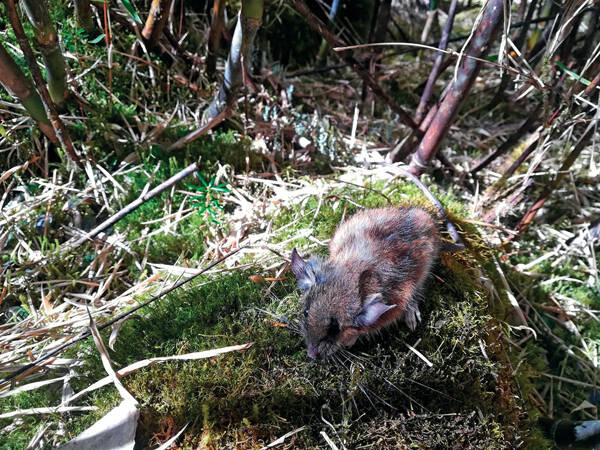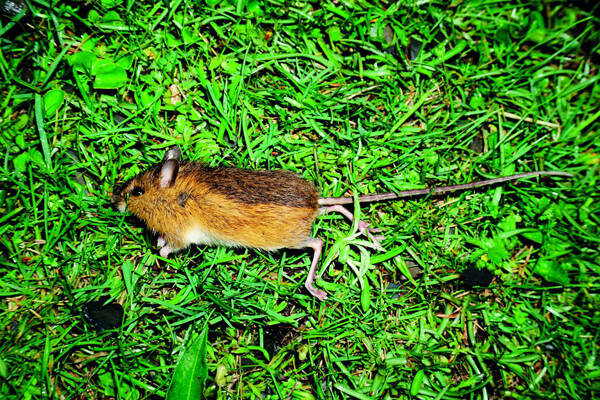Eozapus setchuanus
IUCN
LCBasic Information
Scientific classification
- name:Eozapus setchuanus
- Scientific Name:Eozapus setchuanus,,Forest jerboa, forest jerboa, forest jerboa
- Outline:Rodents
- Family:Rodentia Jerboa
Vital signs
- length:65-86mm
- Weight:
- lifetime:
Feature
It has a long tail, small eyes, long ears, and a wide longitudinal dark brown-yellow band on the central part of the back of the body.
Distribution and Habitat
It is endemic to China. It is mainly distributed in Sichuan, and scattered in Yunnan, Qinghai, Gansu, Shanxi and Ningxia.
It mainly lives in forests and bushes.
Appearance
The body is reddish brown, sometimes with a broad dark brown band in the middle of the back. The specimens in the Minshan area have pure white fur on the abdomen, but the specimens in Ganzi Prefecture, Sichuan (belonging to the nominate subspecies) have a "Y"-shaped dark brown band in the midline of the abdomen. The dorsal and ventral boundaries are obvious. The tail is very long, and the hind legs are also very long, suitable for jumping. The adult body length is 65-86mm, the tail length is 121-146mm, and the hind legs are 27-31mm long. The ratio of tail length to body length is 1.63-1.98 times, the largest one is close to twice the body length, and the average is about 1.8 times.
Details
The Sichuan forest jerboa belongs to the subfamily Zapodidae, which has only one species: the Sichuan forest jerboa. This species has 2 subspecies, the named subspecies was found in Kangding, Sichuan, with a "Y" shaped dark brown stripe in the middle of the abdomen; the Gansu subspecies was found in Lintan, with a pure white abdomen. The dividing line between the two subspecies is probably at the junction of grasslands and forests in Aba, Markang, Songpan, and Zoige. The abdominal stripes of Sichuan forest jerboas in this area are sometimes noticeable and sometimes not. On the molecular phylogenetic tree, this area The Sichuan forest jerboa is not clearly divided into 2 branches. The Sichuan forest jerboa in the Ganzi region mainly lives in grasslands, while the Gansu subspecies (mainly distributed in the Minshan Mountains) mainly lives in forests and shrubs.

Like other mountain rats, the wood jumping mouse likes to jump around the campfire, but once danger approaches, it will jump out like a marble and disappear far into the night. The forest jerboa can jump up to two to three meters and can jump long distances.
The wood jerboa is the equivalent of the jerboa that lives in the Americas. We all know jerboas in textbooks. They live in North Africa and are a small but highly capable kangaroo. The size and habits of the jerboa are similar to those of the jerboa, so I was surprised to find that the scientist friends around me unanimously called the jerboa "the American version of the African jerboa."

The distribution area of Sichuan forest jerboas is limited and the harm is not serious. Eats the green parts of plants. Nocturnal. Other ecological habits are ominous. The main natural enemies are snakes, leopard cats and ferrets.
The Chinese forest jerboa is a rare and ancient species with a sparse population and discontinuous distribution. It has great research value in taxonomy and zoogeography. Due to the destruction of their living environment, the number of forest jumping mice is declining.
The forest jerboa is endemic to China. It has been included in the 2013 Red List of Endangered Species of the World Conservation Union (IUCN) ver3.1 - Vulnerable (VU).








